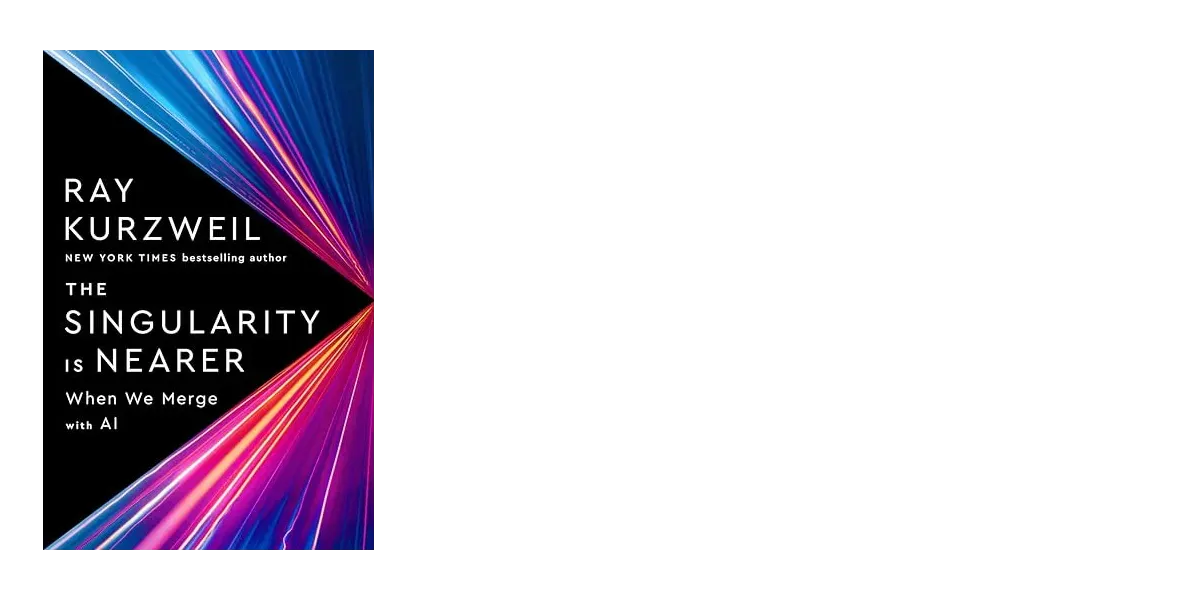
The Singularity is Nearer — A Review
Ray Kurzweil, a renowned inventor, technologist, and futurist, offers an optimistic and compelling vision of our future in The Singularity is Nearer. At 76 years old, Kurzweil brings decades of experience, and his track record for predicting technological trends has been impressive. This isn’t his first time presenting these ideas; he’s made similar predictions in the past and often seems to get it right. He has openly evaluated his predictions before, as seen in this 2010 self-assessment How My Predictions are Faring, where he provided a detailed review of hits and misses.
For instance, he once predicted that physical books would become obsolete, yet here I am, reading The Singularity is Nearer in my preferred form — good old-fashioned hardback. This blend of accurate foresight and occasional missteps makes the book feel grounded and authentic, rather than a collection of infallible prophecies.
One of the most fascinating aspects of the book is Kurzweil’s exploration of consciousness, emergent properties, and the discussion of the Rule 110 cellular automaton, and level-4 behavior. He dives into these topics with enough detail to illustrate the creation of complex patterns from simple rules. Patterns which, while deterministic, cannot be accurately predicted without letting them unfold. His ability to describe these ideas without demanding rigorous mathematical understanding makes the complex surprisingly accessible.
Another brilliant idea Kurzweil discusses is how we might teach AI or robots to perform tasks. Instead of solving systems of differential equations in real-time to catch a ball, as we might expect, he suggests using a ‘muscle memory’ approach, akin to how our cerebellum works. This concept opens up immense possibilities for AI training, blending inspiration from biology with cutting-edge technology.
While I initially felt skeptical about his use of the term ‘computronium’ — which reminded me of the annoying ‘unobtanium’ from Avatar — this turned out to be a minor issue. The remainder of the book was interesting enough that I quickly forgot about it.
Kurzweil defines the “singularity” in a somewhat unique way compared to others. Rather than just a moment of runaway AI intelligence, he describes it as a point where technology becomes so advanced and intertwined with human life that it fundamentally alters our reality. From the rapid advancements in solar energy to the accelerating pace of AI development, Kurzweil presents a convincing case that we’re on the brink of extraordinary change.
That said, Kurzweil’s optimism might not sit well with more pessimistic readers. If you’re skeptical about technology’s ability to solve humanity’s problems or prefer a more cautious outlook on the future, this book might feel overly hopeful. But for those who share Kurzweil’s enthusiasm or are curious about what the future could look like if these trends continue, it’s an inspiring book.
Conclusion: A fantastic, thought-provoking read. 5/5, highly recommended.
← Back to Home